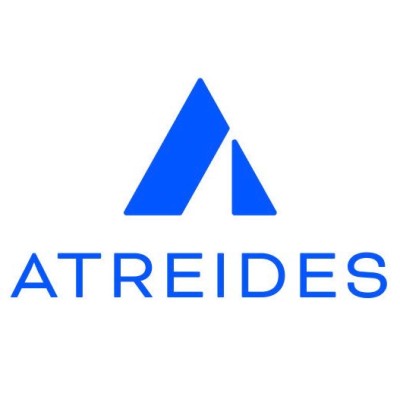
Aziende che utilizzano GeoJSON
A format for encoding a variety of geographic data structures
1,578
aziende
Elenco delle aziende che utilizzano GeoJSON
GeoJSON clienti per paese
GeoJSON è utilizzata in 50 paesi
Statistiche sull'Uso delle Tecnologie e Quota di Mercato
Come raggiungere gli utenti di GeoJSON
- Come personalizzare questa lista?
Puoi personalizzare questi dati secondo le tue necessità, filtrando per geografia, settore, dimensione dell'azienda, fatturato, uso della tecnologia, posizioni lavorative e altro ancora. Puoi scaricare i dati in formato Excel o CSV.
- Come essere avvisati quando le aziende adottano questa tecnologia?
Puoi ricevere avvisi per questi dati. Puoi iniziare selezionando la tecnologia che ti interessa e poi riceverai avvisi nella tua casella di posta quando ci sono nuove aziende che utilizzano quella tecnologia.
Domande frequenti






































































